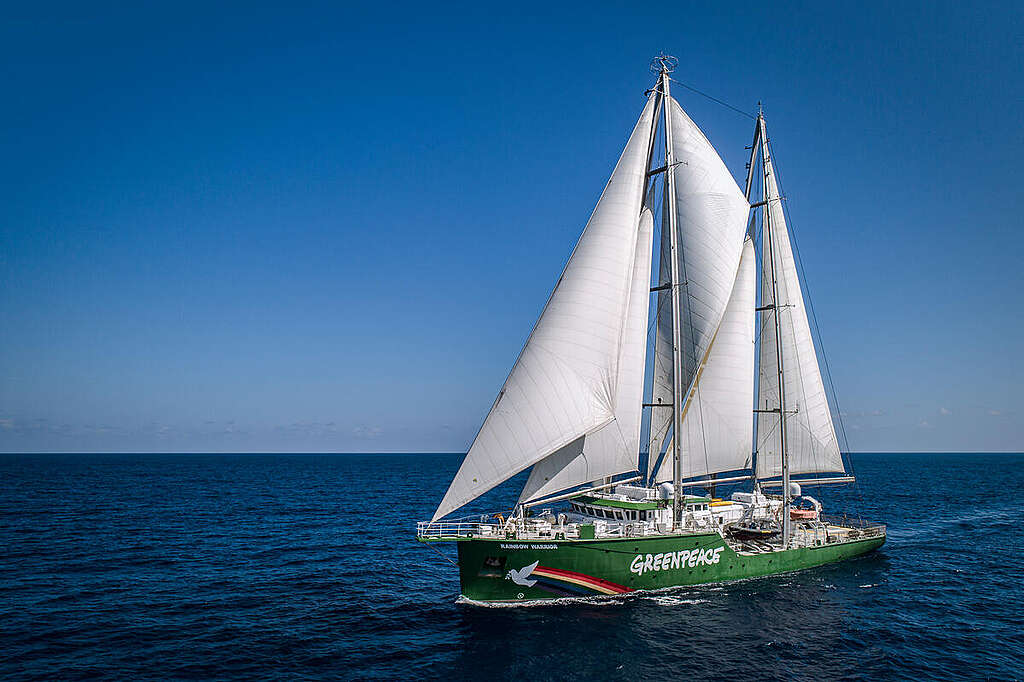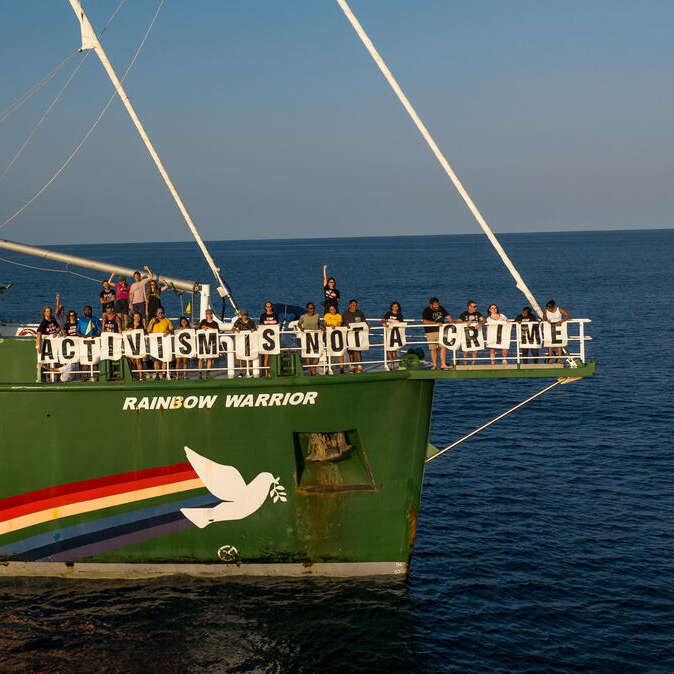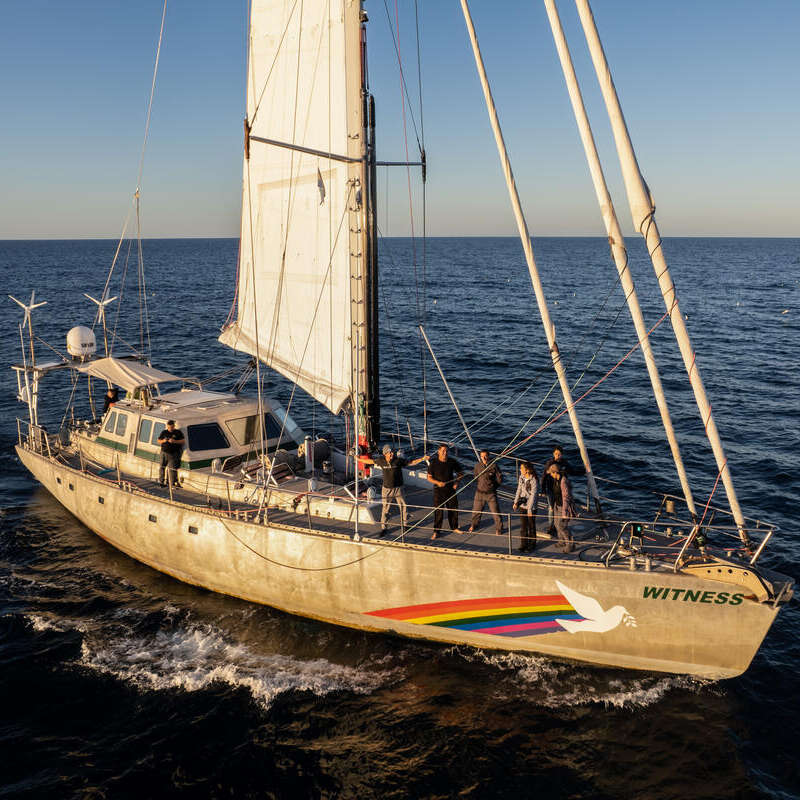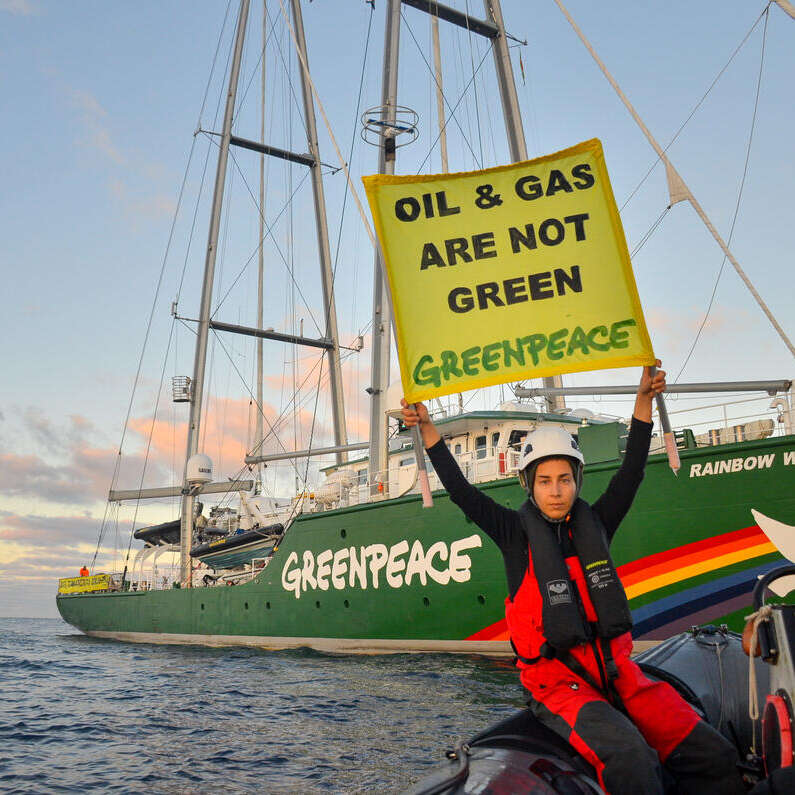Rainbow Warrior
Originally launched to protest nuclear testing in the Pacific, the Rainbow Warrior has a rich history of direct action and advocacy. From blocking whaling ships in the Antarctic to protesting deforestation in the Amazon, this iconic ship has stood on the front lines of some of the most pressing environmental issues of our time.


Since its inception in 1978, the Rainbow Warrior has been a symbol of environmental activism and unwavering dedication to protecting our planet’s oceans. The ship;s illustrious history is marked by moments of bravery and defiance, none more iconic than the events surrounding the bombing of the ship in 1985.
In a shocking act of sabotage, the Rainbow Warrior was bombed by French intelligence agents while docked in Auckland, New Zealand. The attack resulted in the tragic loss of photographer Fernando Pereira and dealt a devastating blow to Greenpeace and the global environmental movement.
However, from the ashes of destruction emerged a renewed spirit of resilience and determination. The Rainbow Warrior became a rallying cry for environmental activists worldwide, galvanising support for the cause and inspiring a new generation of changemakers.
Today, the Rainbow Warrior continues to sail the seas, carrying on the legacy of those who came before it. As a testament to the power of courage and conviction, it serves as a beacon of hope for a brighter, more sustainable future for our planet.
The Boat and the Bomb
This film captures the events leading up to the explosions, as well as the aftermath of what was deemed internationally to be a state-sponsored criminal act of sabotage. As details of the plot – implicating the highest level of the French government – were revealed, waves of outrage rippled across the globe. It fueled the debate about nuclear weapons testing which eventually culminated in the Comprehensive Test Ban Treaty in 1996.
On the night of July 10,1985, the blasts of two limpet mines placed by French secret agents sank a ship protesting against nuclear testing in the Pacific and took the life of onboard photographer Fernando Pereira.
Take a virtual tour
Explore more Greenpeace ships

Arctic Sunrise
Arctic Sunrise, originally designed as an icebreaker that conducts scientific research on biodiversity in the world’s coldest region.

Witness
The newest and greenest vessel in the Greenpeace fleet, the Witness is also the smallest ship.
Subscribe for updates
Together we are part of a growing, global movement determined to bring about the changes our planet desperately needs.

